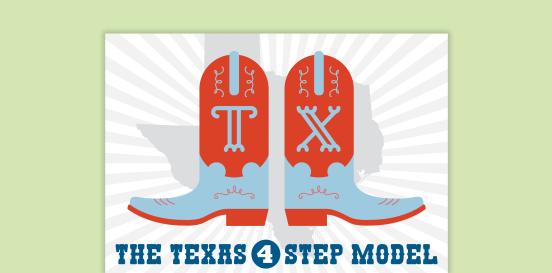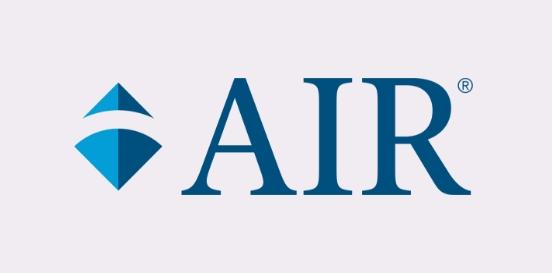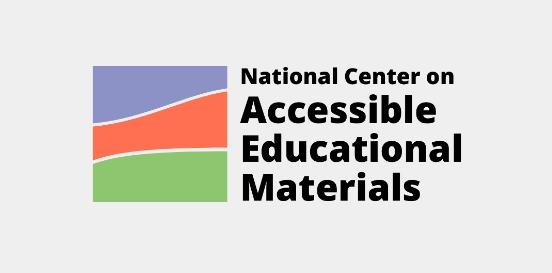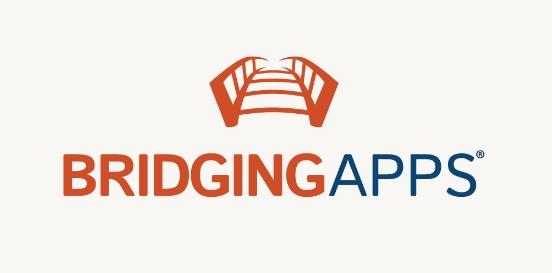Assisted Listening
Inclusive of audio induction (also called a hearing) loop, FM system, infrared system, personal amplified system, and Bluetooth systems. Some devices are specific to the user (e.g., a personal FM system), and some may be more generic for public use (e.g., a movie theater listening device). Assistive listening devices can be used in conjunction with personal hearing aids and cochlear implants.
Considerations
Take the following considerations into account when selecting and implementing AT to ensure that the chosen tools are well-suited to the student’s needs, align with their goals, and seamlessly integrate into their educational journey. By embracing a collaborative approach and considering the specific skills, tasks, and implementation context, educators can provide students with the necessary support to thrive academically and functionally, promoting inclusivity and fostering their overall success.
Skills and Tasks What skills or tasks will the student utilize this tool for? What areas, functional or academic, does this tool support?
Access to classroom discussions, lectures, and notes, as well as recreational and leisure activities
Implementation Context In what activities, classes, or environments will the student utilize this tool?
These devices enhance communication and comprehension for individuals experiencing varying levels of hearing differences.
For those with a mild hearing difference for whom a hearing aid may not be recommended, these devices can address specific needs such as clearer telephone conversations or improved TV viewing comfort.
Individuals with more severe hearing differences can benefit from assistive devices as supplements to their personal hearing aides or cochlear implants.. These devices can facilitate better communication in challenging environments and alert them to important sounds and situations, especially when their personal hearing assistive technology are not in use or in adverse conditions.
For those with profound hearing differences, assistive listening devices offer visual or vibrotactile solutions, enhancing accessibility in telecommunications, enjoyment of television, and detection of environmental cues.








